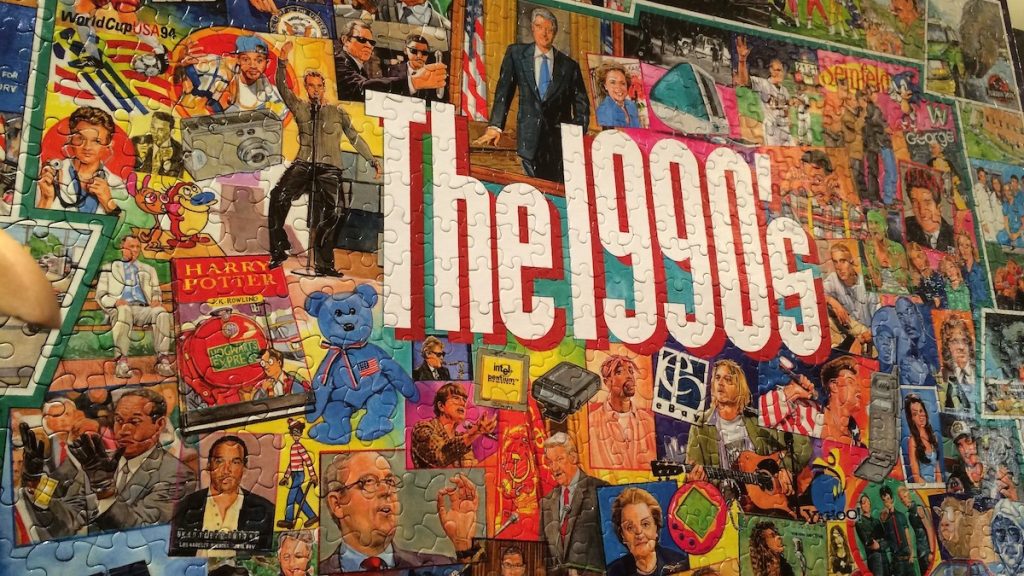The 1990s saw the emergence of a new wave of independent filmmakers who challenged the Hollywood establishment and paved the way for a more diverse and inclusive cinema. Often working on limited budgets and using unconventional storytelling techniques, these filmmakers were able to create films that spoke directly to the cultural and political events of the time. In this article, we look at the factors that contributed to the rise of independent film in the 1990s and its lasting impact on the film industry.
Cultural and political climate
The 1990s were a time of great cultural and political change in America. The influence of the Reagan era and the rise of conservatism left many disillusioned with the Hollywood mainstream. The civil rights and feminist movements ushered in a new era of activism, and the AIDS epidemic brought health and sexuality to the forefront of public debate. Independent film was uniquely positioned to respond to these changes, offering a fresh perspective on American life and politics.
Technological innovations
One of the key factors in the rise of independent film in the 1990s was the emergence of affordable video technology and the proliferation of home video. Filmmakers were no longer dependent on studio support to make and distribute their films. The rise of digital filmmaking and non-linear editing systems further democratized the production process, allowing filmmakers to create high-quality films on a shoestring budget.
Distribution and exhibition
Another factor in the rise of independent film was the emergence of specialized distributors and exhibitors. Film festivals like Sundance and Cannes played a critical role in promoting independent film, giving filmmakers a platform to showcase their work to a wider audience. Art-house cinemas, which had previously been on the fringes of the film industry, began to gain popularity as audiences sought out more diverse and challenging films.
Key players and movements
The rise of independent film in the 1990s was also driven by key players and movements in the industry. The Sundance Film Festival, founded by Robert Redford in 1978, played a pivotal role in advancing independent film, spawning a generation of filmmakers dubbed the Sundance Generation. Filmmakers like Quentin Tarantino, whose films Pulp Fiction and Reservoir Dogs were critical and commercial successes, brought new energy and style to independent film, inspiring a generation of filmmakers to push the boundaries of storytelling. The New Queer Cinema movement, led by directors like Todd Haynes and Gregg Araki, challenged traditional notions of sexuality and gender, paving the way for a more inclusive and diverse cinema.
Still from the film “Poison” 1991
Legacy and Influence
The rise of independent film in the 1990s had a profound impact on the film industry, paving the way for a more diverse and inclusive cinema. Many of the key players in independent film went on to successful careers in Hollywood, influencing the industry from within. Independent film also had a broader cultural impact, reflecting the changing values and attitudes of American society. Today, independent film continues to thrive, with directors from a wide range of backgrounds and perspectives creating films that challenge and inspire.
Still from the film “Luxurious Life” 1999
Conclusion
The emergence of independent film in the 1990s was a response to the cultural and political events of the time. Driven by technological innovation, a changing distribution landscape, and key players and movements within the industry, independent film paved the way for a more diverse and inclusive cinema. The legacy of independent film can be seen in contemporary films that continue to challenge and inspire audiences around the world. As the industry continues to evolve, independent film remains an important and vital force, pushing the boundaries of storytelling and reflecting the changing values and attitudes of American society.



